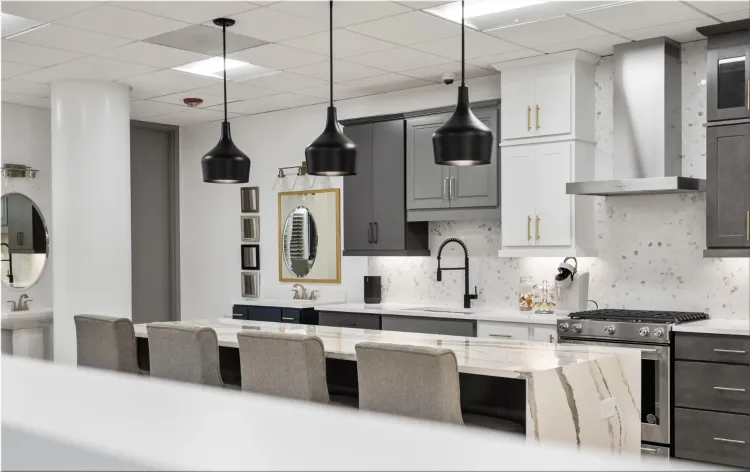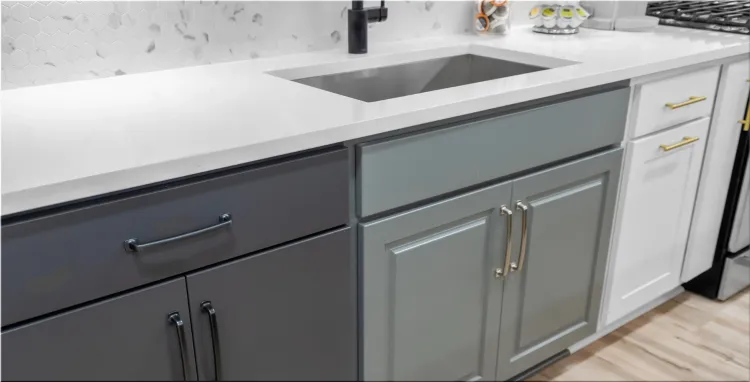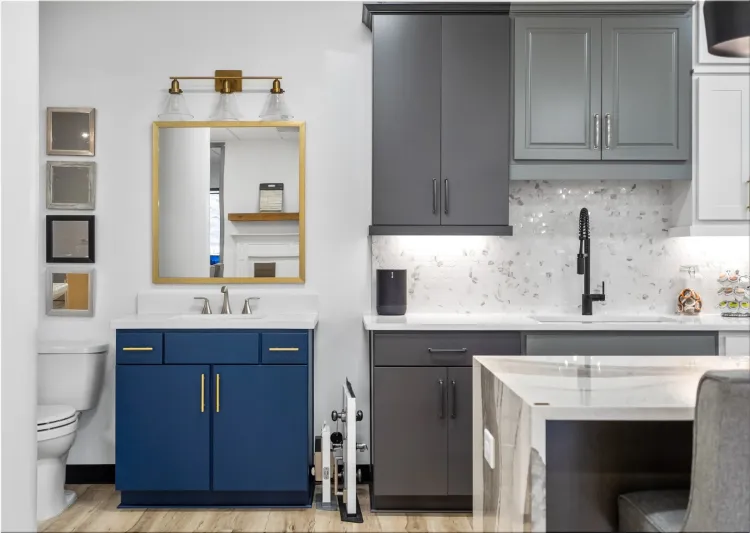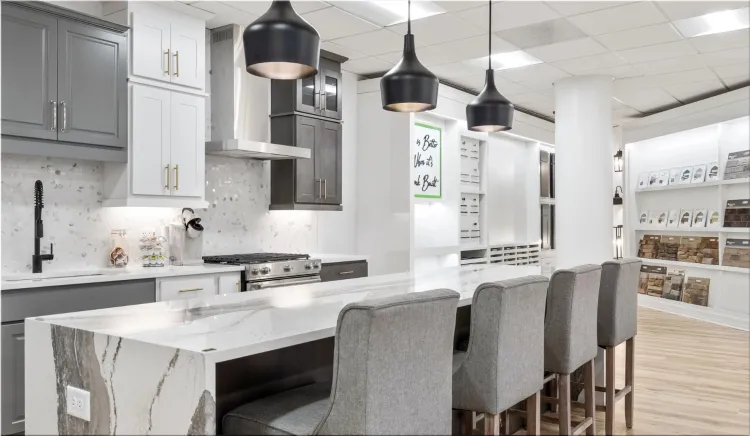Creating a Harmonious Home: The Power of Green Building Design
Sustainable construction, called green building, is a holistic approach to constructing environmentally responsible and resource-efficient homes. This innovative practice has gained significant traction in recent years. Homeowners and builders recognize its numerous benefits, and companies like BrockBuilt are leading the charge in modern sustainable architecture. But what exactly makes a building "green"? And why should you consider it for your next home?
Green building aims to minimize the built environment's impact on human health and the environment by conserving resources, reducing waste, and improving occupant quality of life. It has several advantages, such as lower energy costs and higher property values.
Sustainable Materials
Reclaimed wood, repurposed steel, and bamboo flooring are sustainable resources for green building. These materials are renewable, recyclable, and responsibly sourced, reducing environmental impact and ensuring construction durability. They are also free from harmful chemicals, creating a healthier indoor environment. Bamboo, a fast-growing plant, can be harvested and replenished with minimal damage. Recycled steel lessens the requirement for fresh metal mining, and reclaimed wood revives timber that might otherwise end up in landfills. By choosing sustainable materials, builders and homeowners can reduce their carbon footprint while creating a functional home.
Energy Efficiency
Energy efficiency is a strong argument in favor of green building. Techniques such as advanced insulation, energy-efficient windows, and solar panels can significantly reduce energy consumption. The U.S. Department of Energy stated that homes built with energy-efficient principles can save homeowners up to 30% on their energy bills.
Sources of renewable energy, including solar and wind power, lower energy costs and dependence on non-renewable sources, aligning with environmental goals. Modern green homes use innovative technology to monitor and manage energy usage, optimizing consumption and contributing to a sustainable future. The concept of a house powered by solar panels is rapidly gaining traction.
Health Benefits
Green buildings use non-toxic, low-VOC materials to reduce the incidence of respiratory and other ailments and improve indoor air quality. They also offer better natural lighting and acoustics, contributing to mental well-being and occupant satisfaction. Green buildings emit fewer pollutants, reducing symptoms of allergies, asthma, and other respiratory conditions. Proper ventilation systems ensure consistent fresh air flow, making the living space more comfortable and healthier and promoting physical and mental health.
Economic Benefits
Green buildings offer long-term economic benefits such as reduced utility bills, fewer maintenance costs, and higher property values. Some states provide rebates and incentives for green buildings, reducing the financial burden. Due to higher resale values and lower operational costs, green buildings attract homeowners and investors. As demand for sustainable living grows, green buildings become profitable, with energy savings accumulating quickly. They also experience lower vacancy rates, making them a responsible and financially savvy choice for tenants.
Environmental Impact
Green buildings have a lower environmental impact than traditional ones, contributing to a more sustainable future by reducing waste, conserving resources, and lowering greenhouse gas emissions. They often feature biodiversity-promoting features like green roofs and community gardens, enhancing aesthetic appeal and providing habitats for local wildlife. Green buildings also integrate rainwater harvesting systems and sustainable landscaping, promoting water conservation. By addressing environmental stewardship, green buildings offer a comprehensive approach to sustainability beyond their immediate footprint.
- Add new comment
- 51 views

























